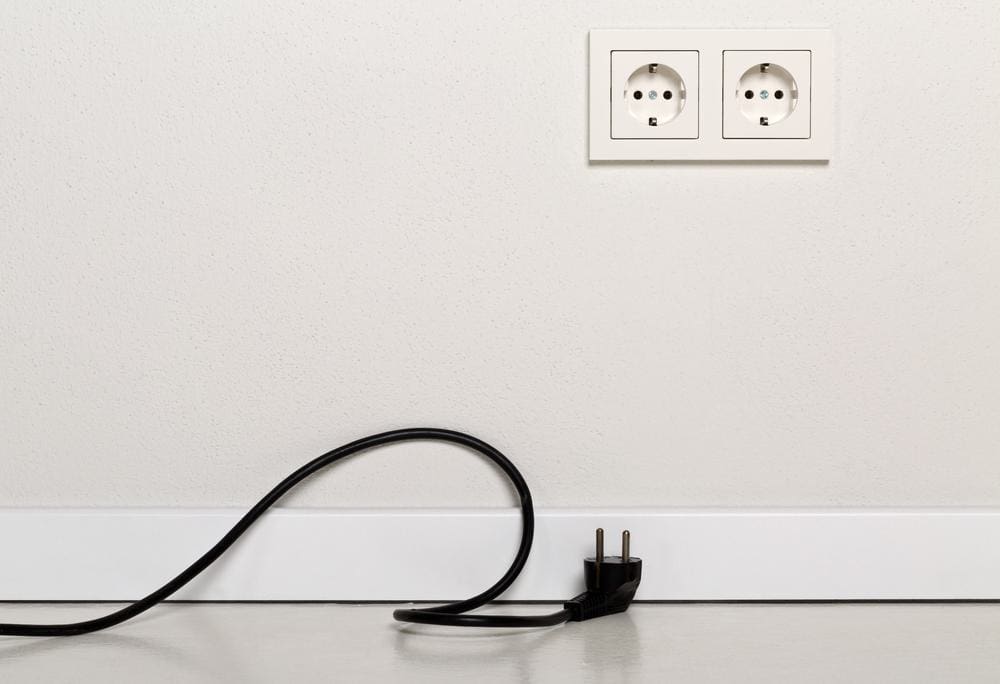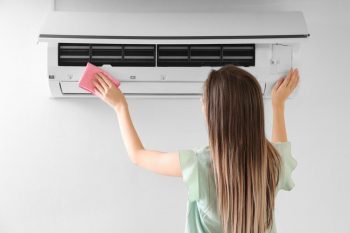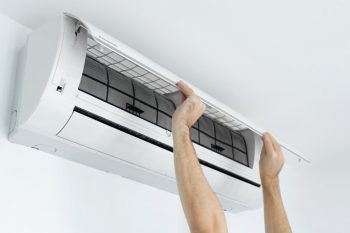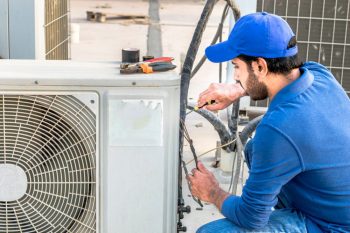
Electrical outlets are a staple in every home, powering everything from kitchen appliances to digital devices. But what happens when these vital components fail? The consequences can range from minor inconveniences to significant safety hazards. In this comprehensive guide, we’ll explore why electrical outlets fail, the signs of failure, the risks involved, and how to fix them safely.
Electrical outlets fail due to various reasons such as backstabbed wiring, overloading that leads to a tripped circuit breaker or blown fuse, using a device incompatible with your wiring system, or simply due to wear and tear over time. Other factors include tripped GFCI outlets, burned-out outlets, half-hot outlets, loose connecting wires, and faulty outlets due to manufacturing defects. Regular maintenance and inspection can help prevent outlet failure. If an outlet fails, it’s advisable to consult a professional electrician.
Common Causes of Electrical Outlet Failure
Several factors can lead to electrical outlet failure. Here are some of the most common culprits:
- Backstabbed wiring: This occurs when wires are pushed into the back of the outlet instead of being secured with screws. The poor connections resulting from this practice can lead to outlet failure.
- Numerous wires under wire nut: When too many wires are connected under a single wire nut, the connections can become poor, leading to outlet failure.
- Wrong type of device for your wiring: Using a device incompatible with your wiring system can cause outlets to fail.
- Tripped circuit breaker: An overloaded electrical system can cause the circuit breaker to trip, leading to a dead outlet.
- Blown fuse: A blown fuse can cause an outlet to stop functioning.
- Tripped GFCI outlet: Ground Fault Circuit Interrupter (GFCI) outlets can trip due to moisture or imbalances in the electrical current, causing the outlet to stop working.
- Burned-out outlets: Outlets can wear out over time and stop functioning due to overuse.
- Half-hot outlet: This is an outlet where one plug is always powered, while a switch controls the other plug. This can be mistaken for a faulty outlet.
- Loose connecting wires: Loose wires can prevent power from reaching the outlet, causing it to fail.
- Faulty outlets: Outlets can be faulty due to manufacturing defects or general wear and tear.
In most cases, electrical outlet failure is caused by problems in the circuit wiring. These issues need to be addressed promptly to prevent further damage or potential safety hazards. If you’re unsure about the cause of an outlet failure, consult a professional electrician for assistance.
Signs of a Failing Electrical Outlet
Spotting the signs of a failing electrical outlet early can help prevent potential hazards. Homeowners should be alert for the following signs:
- Discoloration or melting: This is often caused by excessive heat, short-circuiting, or damaged wires.
- Smoke, sparks, or burning odors: These are significant fire hazards and could indicate water damage or other severe issues.
- Hot outlet cover: This could be a sign of loose wiring or a worn-out receptacle.
- Plug falls out of the outlet: This can be a symptom of worn-out slots or loose wire connections.
- Worn-out slots: Over time, the metal contact points inside the outlet can wear out, causing plugs to lose their grip.
- Cracked body: A cracked outlet body can pose a risk of electrical shock or fire.
- Improper rating or poor quality: Outlets that are not rated for the appropriate electrical load or are of poor quality can cause issues.
If you notice any of these signs, have the outlet inspected, repaired, or replaced by a professional electrician to ensure safety and proper functioning.
Risks of Using a Failing Electrical Outlet
Using a failing electrical outlet can pose significant risks, including electric shock, electrocution, and even electrical fires. In fact, the U.S. Fire Administration reports that 12% of the 24,000 electrical fires that occurred from 2014-2016 were caused by electrical outlets. These fires resulted in approximately 850 injuries, 310 deaths, and $871 million in property damage. Therefore, it’s crucial to address any issues with electrical outlets promptly.
How to Fix a Failing Electrical Outlet
When an electrical outlet fails, you can take several steps to fix it safely. Remember to turn off the power to the outlet at the circuit breaker and use a voltage tester to confirm that the power is off before attempting any repairs.
Here are some common DIY solutions:
- Tightening loose connections: Check for any loose wire connections and tighten any loose screws.
- Replacing a damaged outlet: If the outlet is damaged or worn out, you can replace it with a new one.
- Fixing a tripped GFCI outlet: If the outlet is a GFCI type and it has tripped, press the “reset” button to restore power.
- Fixing a tripped circuit breaker: If the outlet isn’t supplying power, locate the tripped breaker in your home’s breaker panel and flip it back to the “on” position.
- Repairing loose or worn-out slots: If plugs are not fitting snugly into the outlet, slightly bend the prongs inward for a better fit.
- Replacing a burned-out outlet: If the outlet is burned or damaged, replace it with a new one.
Remember that working with electricity can be dangerous. If you’re not comfortable or unsure about any of the steps, it’s best to consult a professional electrician.
In conclusion, electrical outlet failure can be caused by various factors, including poor wiring, overuse, and even rodents. By understanding the causes, signs, and solutions, you can ensure your home remains safe and your devices stay powered. Regular maintenance and inspection of electrical outlets can help detect signs of wear and prevent potential hazards. Always consult with a certified electrician if you spot any concerning issues.
Frequently Asked Questions
What is a GFCI outlet?
A Ground Fault Circuit Interrupter (GFCI) outlet is a special type of outlet designed to protect against electric shock. It monitors the imbalance between the “hot” and “neutral” wires and cuts off the power if an imbalance is detected.
How often should I inspect my electrical outlets?
You should visually check your electrical outlets at least once a year for signs of wear, damage, or overheating. If you notice any issues, consult a professional electrician for a more detailed inspection.
Can I replace an electrical outlet myself?
Yes, replacing an electrical outlet can be a DIY task if you’re comfortable working with electricity and have basic knowledge of electrical systems. However, if you’re unsure or uncomfortable, it’s safer to hire a professional electrician.
What should I do if my outlet is sparking?
If your outlet is sparking, this could indicate a serious problem like a short circuit. Immediately shut off power to the outlet at the circuit breaker and contact a professional electrician for assistance.
How can I prevent electrical outlet failure?
Regular maintenance and inspection can help prevent electrical outlet failure. Avoid overloading outlets, ensure proper wiring, and replace worn-out or damaged outlets promptly. Consulting a certified electrician for regular electrical system check-ups can also help prevent potential issues.












